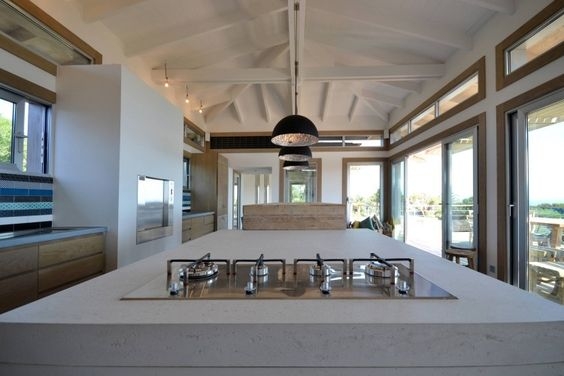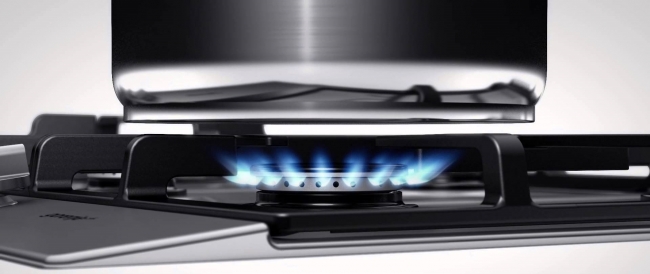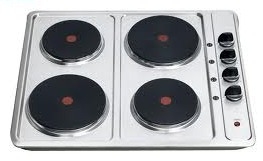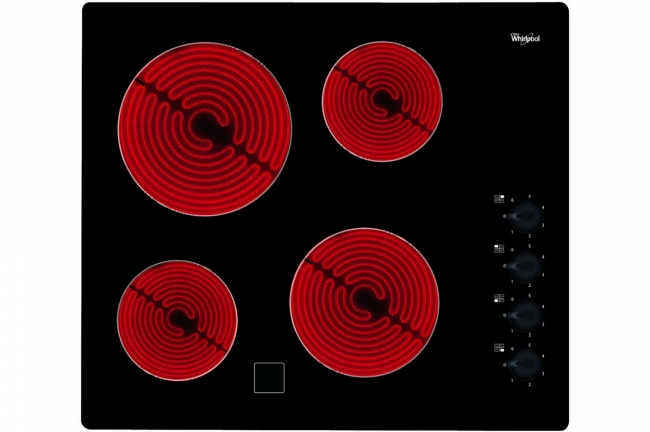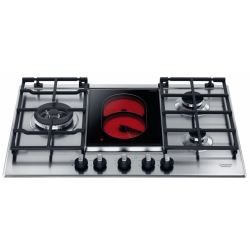We recently discussed how to choose an extractor hood. To make use of the latter, however, we will inevitably need a hob! To avoid headaches in this area, it is time for a brief on the different hobs available on the market.
Whereas most of us are familiar with the electric and gas hobs, there exist some novelties. For example, a few years ago so-called vitroceramic hob arrived on the market, and more recently, we saw the arrival of the induction hob.
THE GAS HOB
This is one of the simplest types of hobs. A single button is used to turn on the plate’s flame, after which the heat can be adjusted by turning the button left and right to increase or decrease the intensity of the flame. This type of hob is particularly well adapted to traditional cooking. However, it is increasingly being criticized for the fact that it uses gas as a power source.




